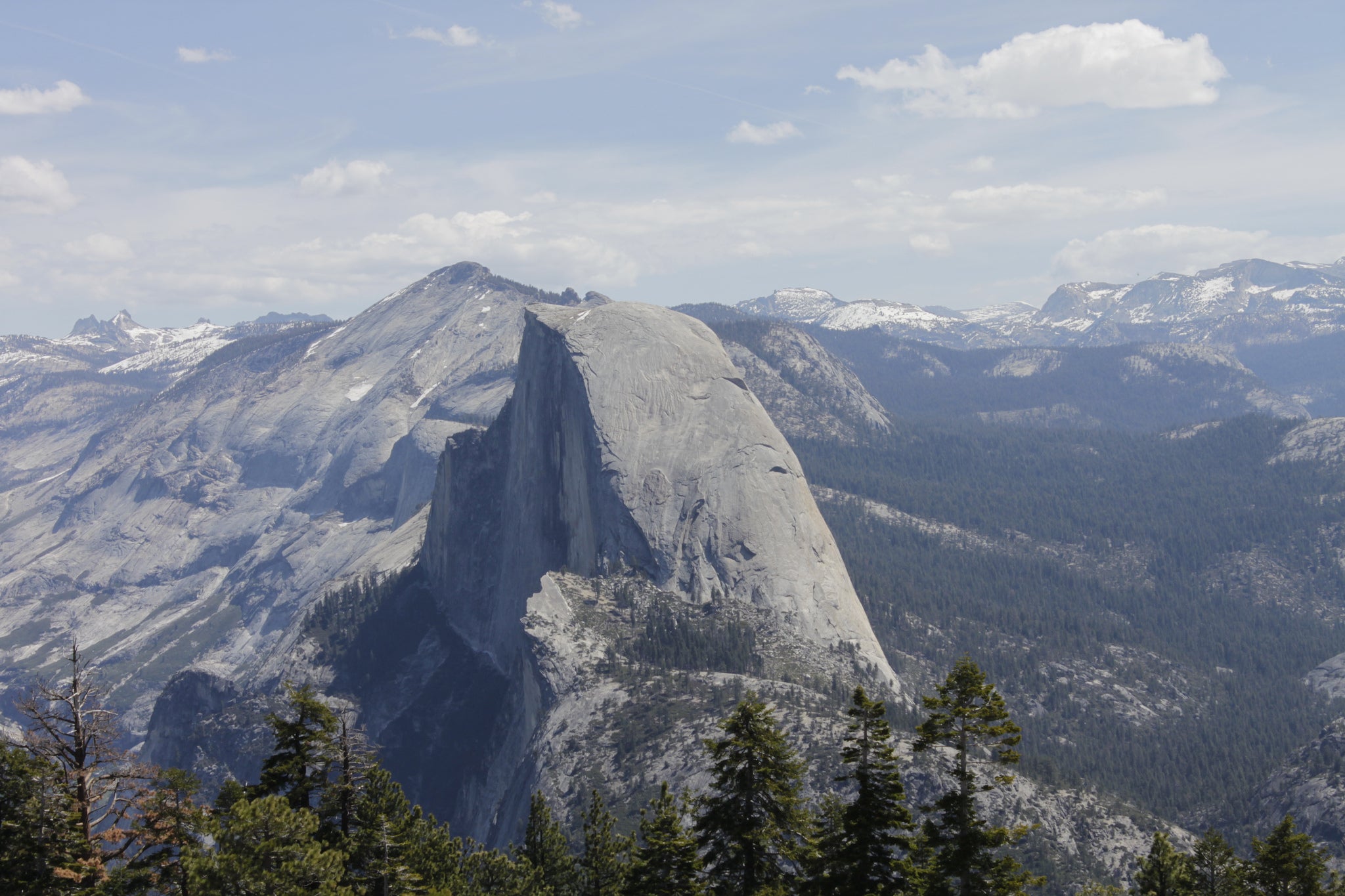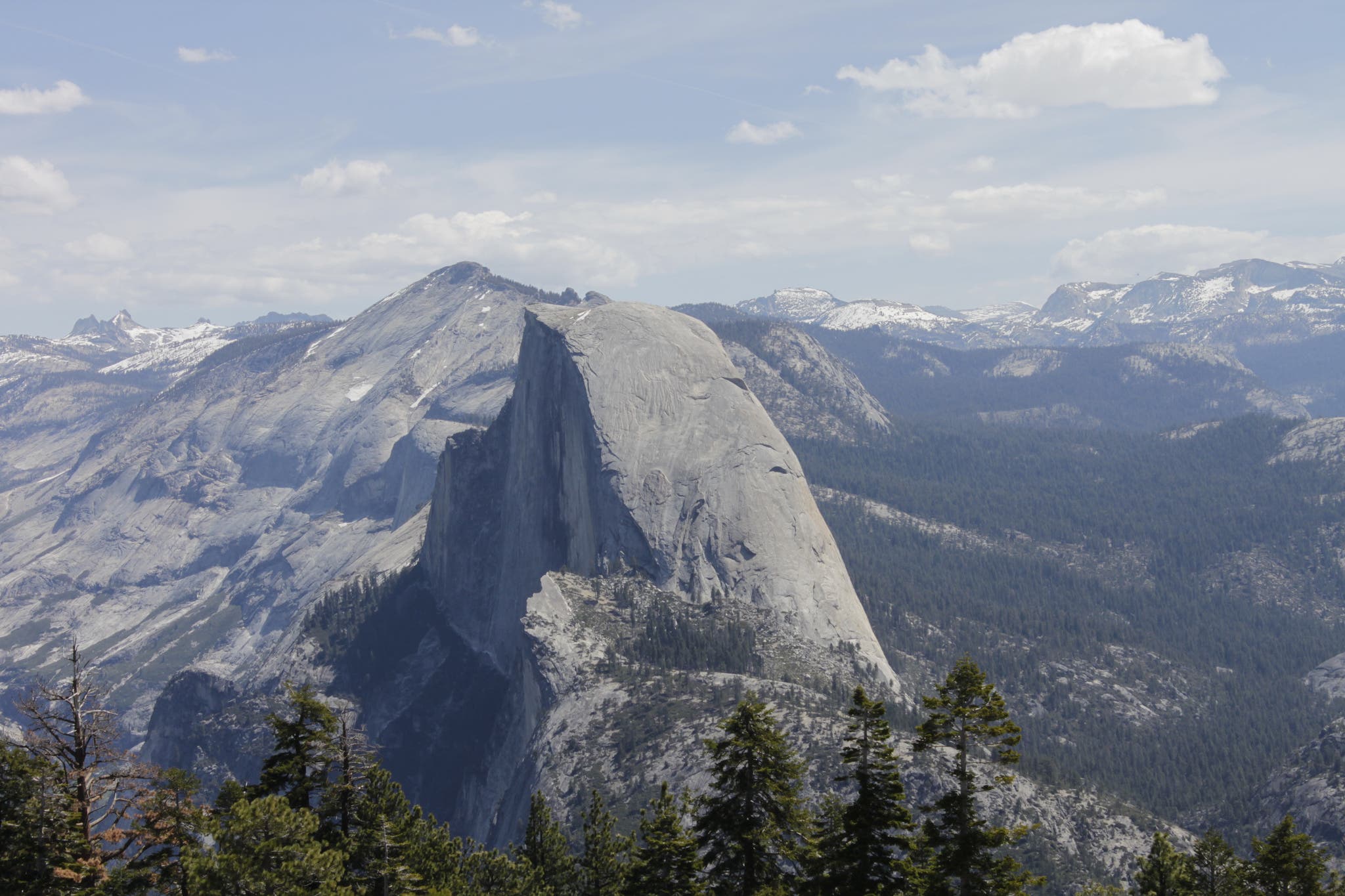The Hiker's Code of Conduct

'edward stojakovic'

The first time I ever stepped off a trail in Canyonlands National Park, Utah, my mother grabbed my hand and pulled me swiftly to her side so that no one else would see what I did. “It takes up to 250 years for the cryptobiotic soil to recover,” she scolded. I was 13 and a little embarrassed to be sure, but I never did it again. Too bad there weren’t more LNT-minded mothers around when the government shutdown occurred last winter.
Here’s what it looked like: Trash piled high in the roads and bathrooms overflowing. Locks and chains to closed campgrounds cut open. Vegetation burnt and trampled to death by illegal campsites. Miles of living cryptobiotic soil crushed by off-roaders. It could be a montage in a dystopian thriller, but it’s not. It’s our national parks—or was, only a few months ago.
During the 35 days the government was closed, more than 400 impacts to the parks were reported. The sad(der) truth is that even that figure, high as it is, may be an underestimation, since rangers are still discovering more today and seem reluctant to disclose everything, in case it breeds copycats. You heard about the worst of them: Joshua Tree’s signature flora crushed by a car and left to die, sensitive playas and archaeological sites marred by off-roaders in Death Valley, buildings or even petroglyphs in both parks spray-painted and vandalized. The iconic arrowhead sign was stolen from Shenandoah, and a California condor was harassed by a drone in Pinnacles. While I don’t think there’s much we can do to educate people who viewed the shutdown as an invitation to go on a crime spree, I do think that most of the other incidents were—and are—avoidable.
We don’t hear much about those impacts, but I’m talking about having a campfire in a pristine spot, washing dishes in a creek, tossing an orange peel wayward “for the squirrels,” and generally abandoning common LNT practices. These are not criminal behaviors, but they’re still destructive, government shutdown or not. But do we really need rangers to police such behavior? The government shutdown was an opportunity for hikers who know better—us—to educate park visitors who don’t.
We can all agree that if you see a jerk destroying rock art, you should report it. But what about the minor transgressions, like cutting a switchback, approaching wildlife too closely—or stepping onto cryptobiotic soil? As the motto goes, If you see something, say something. Do it privately and kindly, offering that person a moment to think about his impact and learn a better way.
And if you’re as appalled as I was by the abuse that the parks suffered, there’s plenty more you can do: First, write to members of Congress telling them about the devastating consequences of the shutdown. Second, find volunteer opportunities to fix damages that occurred. At npca.org, there are events across the country almost every day, and you can also visit park websites to find more.
It might be a long time until the next government shutdown, but next time, we’ll be ready.